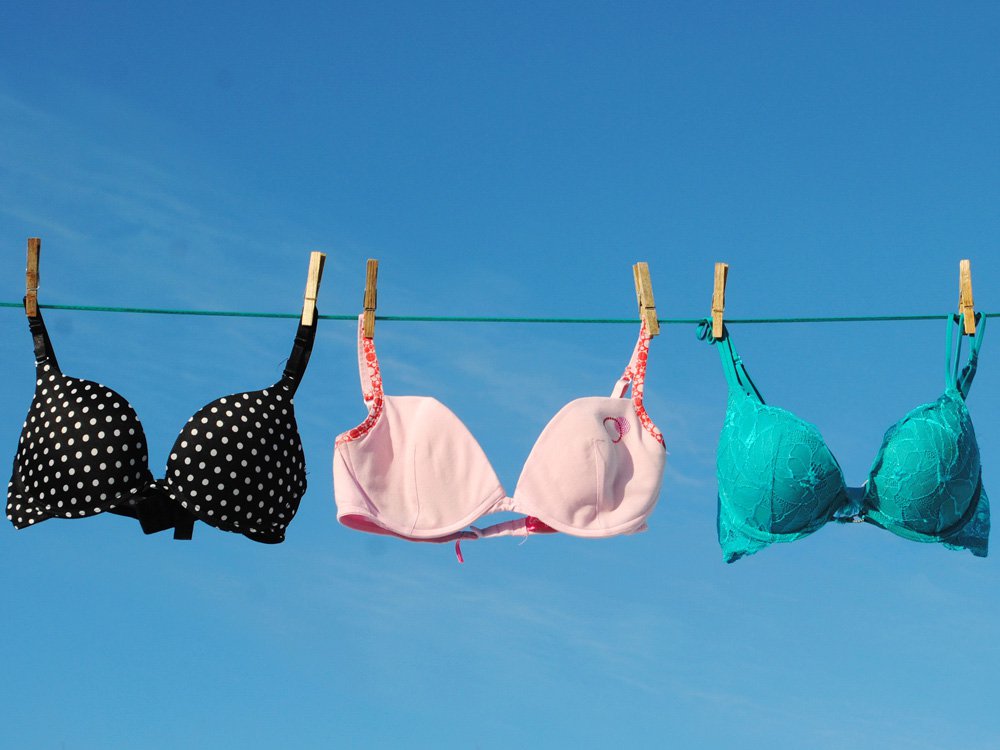Original article by Howard Levitt in the Financial Post, September 19, 2018.
What do you do about a female employee who doesn’t want to wear a bra? It’s a growing trend and some employers are handling it better than others.
On Sept. 2, 2017 a manager at the East Side Mario’s in Timmins pulled aside 22-year-old employee Genevieve Loiselle. Loiselle liked to go braless at work, considering herself sufficiently covered by the loose black top that was a required part of her uniform. In the course of that discussion, Loiselle alleged that the manager said Loiselle’s nipple piercings were visible.
When Loiselle protested, stating that this type of requirement was never imposed upon men, she was told “People don’t look at women’s bodies the same way they look at men’s….”
The manager also said that two customers and a co-worker had complained about her going braless and emphasized East Side Mario’s was a family restaurant. By Sept. 10, 2017, but only after the tale became a national news story, the manager and owner of the East Side Mario’s backtracked and said there was no need for Loiselle to wear a bra going forward.
The subject became news again this month when Christina Schell, an employee of B.C.’s Osoyoos Golf Club, filed a Human Rights application also complaining about being required to wear a bra to work. Schell alleged that she was discriminated against and then fired after refusing to wear a bra under her uniform shirt.
And this isn’t isolated: McDonald’s, after being the subject of a complaint from Manitoba employee Kate Gosek, has since specified that there is no requirement for female employees to wear a bra to work.
So can an employer require employees to wear certain underwear? Or is it discrimination?
An employer can require certain clothing – including undergarments – if there is a non-discriminatory reason for doing so and the requirement isn’t demeaning.
Otherwise, employees will have cause to complain.
Requiring female employees to wear skimpy tops while allowing male employees to wear t-shirts? Discriminatory.
On the other hand, let’s say you employed a bunch of people as mascots, and they shared a costume. If you required all the employees to wear full-coverage underwear for hygiene reasons, it’s probably non-discriminatory when you pulled a female employee aside for failure to do so, as long as the rule was applied equally across the board. But if you didn’t require bras for the male employees, you still wouldn’t be able to require female employees to wear one without a good reason.
In the East Side Mario’s case, as Loiselle rightfully pointed out, the bigger-chested men were not being required to wear bras, so the only reason to single Loiselle out was gender.
Since East Side Mario’s couldn’t point to a single other reason, it probably dodged a bullet when it made the decision that Loiselle could go bra-free.
So, for employers: be cautious in approaching employees about clothing, let alone their undergarments. If you are going to impose a dress code, make sure you’ve got a good reason and explain that to employees at the same time. Put the dress code in writing and ensure you’ve had legal advice before it is implemented.
For employees: if you think a dress code is discriminatory, consider first whether there are any genuine work-related reasons for the requirement. If your employer can show that there is a good reason, it probably isn’t discriminatory. On the other hand, just because your employer says it is a part of the dress code doesn’t mean it is legal – and it is worth it to double check.

